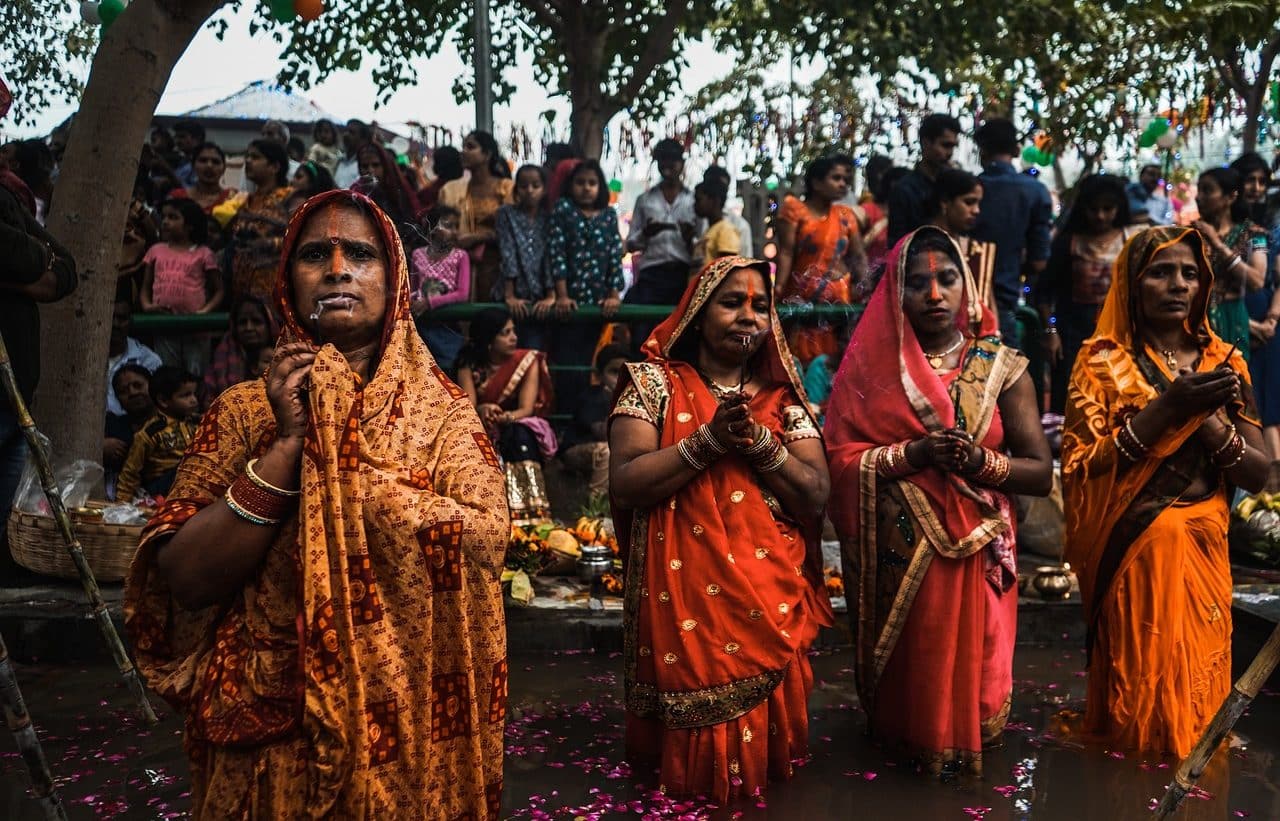
Rituals exist in various areas, including religion and culture.
A ritual is a set of actions, words, gestures or symbols that are performed systematically and ceremonially , according to a set of specific rules or traditions.
Rituals have a significant purpose and are usually performed in a particular context, as part of a celebration , or to mark an important event. They have a deep cultural , religious, spiritual or social meaning and are often carried out to express beliefs, values, or to influence some aspect of reality.
Rituals can vary widely in form and content, from simple everyday acts to elaborate ceremonies involving several people. They have the ability to create a sense of community , belonging, and cultural continuity , as well as provide comfort, meaning , and structure. They can be related to birth, marriage, death, religious worship, connection with nature, healing, transition to a new stage of life, for example.
religious rituals
Religious rituals are a fundamental part of the lives of many people around the world. They have deep roots in human history and play a crucial role in the expression of faith and the preservation of oral traditions. Over the centuries religious rituals have evolved, but their meaning and purpose remain constant: to establish a link between the divine and the human.
There is a wide variety of religious rituals in terms of their form and content, but at their core, they are all symbolic actions that seek to express belief in a higher power or divinity . They may include prayers, songs, offerings, sacrifices, processions, and specific gestures. Religious rituals are often performed in sacred places, such as temples , mosques, churches, or special natural sites: environments conducive to communion with spirits and reflection.
An important aspect of religious rituals is their ability to unite communities of believers. These practices provide a sense of shared identity and belonging to a particular tradition . Individuals feel part of something larger than themselves , and this reinforces community ties and strengthens social cohesion.
In addition to their spiritual and communal function, religious rituals are often linked to the preservation of culture and tradition, whether through prayer in a Christian church , prayer in an Islamic mosque, or meditation in a Buddhist temple. .
Cultural rituals
Cultural rituals are practices that reflect the identity, values and traditions of a specific group of people and are often passed down from generation to generation. They can take many forms and play a vital role in preserving cultural heritage and creating a sense of belonging .
One of the main purposes of cultural rituals is to celebrate important moments in the life of a community. These can include birth, marriage , puberty, death, and many other significant transitions . They allow these milestones to be marked and commemorated, providing a sense of cultural continuity and connection to ancestors.
Cultural rituals also have a strong social component : they promote cohesion within the community by bringing people together in the celebration of important events. In addition, they often involve the active participation of the community, which strengthens the ties between its members.
Music, dance, traditional clothing and gastronomy are elements that contribute to the expression of cultural identity and the transmission of customs to future generations. Cultural rituals also promote oral traditions, legends and symbols that communicate the history and values of the community.
There are a wide variety of cultural rituals in the world, each with its own uniqueness and meaning. From Carnival in Brazil to Chinese New Year , from Day of the Dead in Mexico to Diwali in India, cultural rituals are a vibrant manifestation of the richness and diversity of human culture.

Marriage is one of the milestones in life that is usually celebrated through a ritual.
Rituals and sacred objects
Religious and cultural rituals around the world are often intricately tied to sacred objects necessary for the expression of faith, spiritual connection, and the transmission of traditions. These are used in a variety of ceremonies to strengthen the bond between the divine and human.
A sacred object can be anything from a simple amulet to an elaborate statue, book, special clothing, or physical location. These objects are often treated with great respect and care , and are often linked to deeply held stories, legends, and religious or cultural beliefs.
In many religions, sacred objects are used as means of communication with the divine. For example, the Holy Grail is one of the sacred symbols of Christian tradition, associated with Jesus' Last Supper and often considered the vessel that contains the communion wine. The faithful believe that the act of drinking from it establishes a direct spiritual connection with Christ.
Sacred objects can also be used to protect people from negative influences or to attract blessing ; such is the case of talismans, religious icons and objects of worship. They also play a role in the preservation of culture and tradition; An example of this is the Torah. For example, in Judaism, the Torah, which is read in the synagogue during religious services.

Amulets and talismans are sacred objects used in various rituals.
Nature and rituals
The natural elements (water, fire, earth, air), as well as animals and plants, play a central role in a variety of rituals and ceremonies that express a deep spiritual and cultural connection with the natural world around us.
Let's look at the elements in relation to rituals:
- Water – a universal symbol of purification and rebirth in many cultures. Rituals involving water are often performed to cleanse the soul, such as Christian baptism , or to celebrate life and fertility, such as the Hindu festival Holi;
- Fire : represents transformation and purification in many traditions. Bonfires and lit candles are used around the world to invoke divine light and mark special moments;
- Earth : symbolizes stability and connection with nature. In burial ceremonies and ancestor worship, the earth provides a final resting place and a return to origin;
- air – often associated with spirituality and life. In some traditions, burning incense is common in religious rituals to purify the air and create a sacred environment.
In many cultures, certain animals have special symbolic meaning and are incorporated into rituals and ceremonies. For example, the eagle is a symbol of power and freedom in Native American culture, while the cow is revered in the Hindu religion.
Plants also feature prominently: the use of herbs, flowers and trees in healing ceremonies, wedding rituals and seasonal festivals is common throughout the world. Hugging a sacred tree or offering flowers on an altar are examples of practices that honor the importance of plants.
